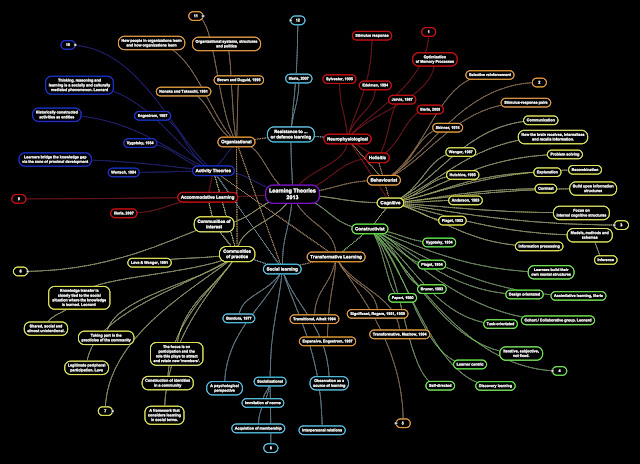Over the last few weeks I've followed a number of FutureLearn Massive Open Online Courses (MOOCS). These have been and are:
- World War One: Trauma and Memory. Anika Mombauer. The OU. Just Started.
- Start Writing Fiction. Derek Neal. The OU. Week one of eight 1/8
- World War One: Aviation Comes of Age. Peter Gray. The University of Birmingham. Completed. 3/3
- World War One: Paris 1919: A New World ... Christian Tams. The University of Glasgow. Completed. 3/3
- How to Succeed At: Writing Applications: The University of Sheffield. Completed. 3/3
By now a pattern is emerging.
All these creators will learn from the experience. Learners tool will become used to this kind of massive, collaborative experience as well. Quite often learners so that it isn't pitched right - most often in some of the above that it is too 'lite', though I have found some here and elsewhere daunting. None of the above are aimed at postgraduate research students, though that is what some in the audience had hoped for. The writing applications split between Sixth Formers applying to uni and 50 year olds looking for a career change.
Fragmentation will occur if too many courses are offered at different levels on the same subject.
The appeal of Open learning is that it attracts all types. Those new to the subject should be given enough in the daily pieces of content something to get them started, while references and links give those who know the subject something fresh to look at. The audience diversity creates a stimulating conversation that is never overwhelming once you are used to it. There can be 5,000, 10,000 even 20,000 registered on the course and threads can run to 1000 posts and be updated by the minute. You don't have to read everything. I say 'all comers' but this precludes some levels of accessibility, different languages and most broadly of all those who don't have the kit or network to get online. They have more pressing concerns.
The content is as usable on a large screen or a small one: on your Smart TV or a Smart phone.
FutureLearn give you three ways to filter the content that most people miss:
Activity
In a unit, or topic you can see the latest from:
- Everyone - speaks for itself
- Following - those you have chosen to follow on this course
- Replies - responses to things you have posted.
Once you get a sense of who is there and whether you want to follow all or some of it you can make these choices. I find I follow a couple of people who are incredibly knowledgeable and on the ball, a couple who have some knowledge like me, and then a few newbie enthusiasts who I gravitate towards to encourage - embolden some of the most observant and insightful questions come from them because they haven't been cocooned in the 'commonly held view'.
From a learning perspectives I'd call upon:
- 'Communities of Practice' (Lave & Wenger)
- 'Learning from the periphery' from John Seely Brown
- ideas of 'Learning vicariously' from Cox.
There are possibly 30 or 40 posts on each of these in my blog here.
I am on a national panel advising universities and institutions in the creative arts on how to develop MOOCs. FutureLearn is certainly a platform for some of them. The challenge, which I have seen attempted here at The OU is to create a platform where students can collaborate using visualizations and visuals: stills, graphics and photos will do for now, but in due course sharing sound files and video clips will be needed as well. I like the idea of a motion capture system recording how a student draws or paints, as you would with an elite athlete - there is a way to do these things that can be taught and corrected so long as it is obsered.
What these MOOCs create, when they get it right, is a hub, or bazaar like buzz of human interaction between the 'elders and the wise' and others in a broad community. It is not always or necessarily the 'expert', the Professor that knows the most. In these platforms it works best when they set the scene, offer some content and ideas, then let the conversations do the rest. I find that myths and half-figured out ideas are debunked and shaped as first one person, then another adds this piece of evidence or that idea, or explains something in a slightly different way that suddenly makes sense.
There a pattern in here for me: the First World War, writing fiction ... and here with the OU - French. I have, on and off, researched and written a couple of stories set in this era: one a woman who flies over the Western Front which I might have spent over two years on, another involving the antics of the young Edward, Prince of Wales which I only started five weeks ago. Immersing myself in the place and the language helps.

